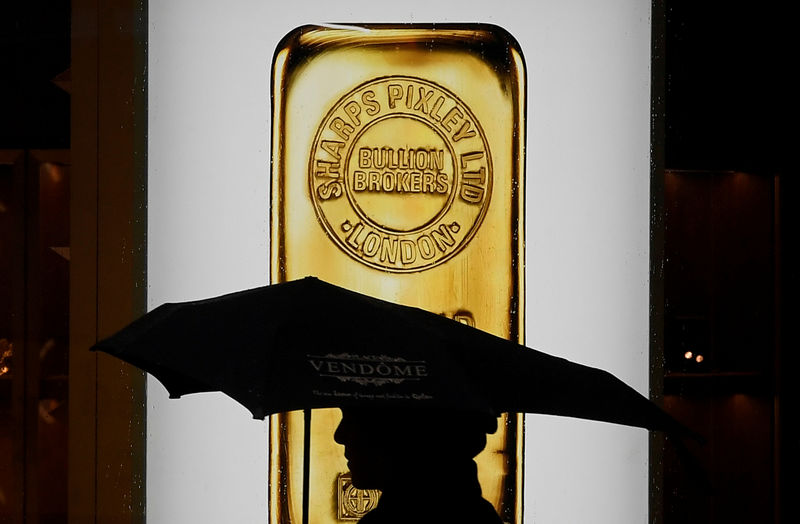prices hit a new all-time high, marking the metal’s sixth weekly gain in the past seven weeks.
This year alone, gold has appreciated by 32%, driven by a combination of factors, including central bank easing policies, uncertainty surrounding the US elections and ongoing geopolitical conflicts in Ukraine and the Middle East.
Commodity strategists at UBS see more upside potential for the yellow metal.
“We continue to rate gold as attractive and continue to position for further upside potential, with prices expected to trade around $2,850/oz in March 2025,” they said in a note on Friday.
Gold as a hedge against political volatility
Gold’s rapid rise this year signals potential volatility ahead, but the outlook remains positive with expectations of continued growth. Falling real interest rates are seen as an important driver for the rise of the precious metal.
The Federal Reserve is believed to be in the early stages of its easing cycle, with a total of 100 basis points of cuts expected this year and another 100 basis points in 2025. Historically, gold has risen as much as 10% in the past six months. after the first Fed rate cut, as reported by the World Gold Council.
This week, the central banks of China and Canada cut their interest rates by 25 and 50 basis points respectively, while the European Central Bank cut rates by 25 basis points last week.
The weakening of the US dollar next year is also expected to benefit gold as both yields and bond yields fall. Furthermore, gold’s value as a political hedge could counter any short-term gains in the dollar, especially if Donald Trump were to win the upcoming US elections.
Geopolitical tensions remain unresolved and continue to underpin gold’s appeal as a safe haven. Despite ongoing peace talks in Doha, Israel’s military actions in Gaza and Lebanon continue, and North Korea has reportedly moved troops to the Russian border, with possible further deployments in Ukraine.
Such developments could prompt Ukraine to pursue nuclear capabilities if NATO membership is off the table, as the president stated last week.
Diversification of foreign exchange reserves
The diversification of currency reserves also contributes to the demand for gold. President Joe Biden announced a $20 billion loan to Ukraine, backed by revenue from frozen Russian assets.
This strategy by Western countries has led to increased central bank investment in gold, with a record purchase of 483 tons in the first half of the year, according to World Gold Council data. Countries such as Turkey, India, China and Poland have been prominent buyers.
Investments in gold ETFs continued to grow for the fourth month in a row in August. Total holdings have recovered to almost 3,182 tonnes, the highest since the start of the year, and have reduced the year-to-date loss to 44 tonnes.
“Recent events have underlined the hedging qualities and utility of gold from a portfolio perspective, and we reiterate our recommendation for a diversified USD-denominated portfolio with a 5% allocation to gold as a broad hedge,” UBS said.
As interest rates fall, investors are expected to shift their money from cash to assets such as gold. Gold investment options include physical gold, structured strategies, ETFs and gold mining stocks.
For those wary of volatility in commodity markets, consider actively managed strategies that aim to outperform passive indices.


